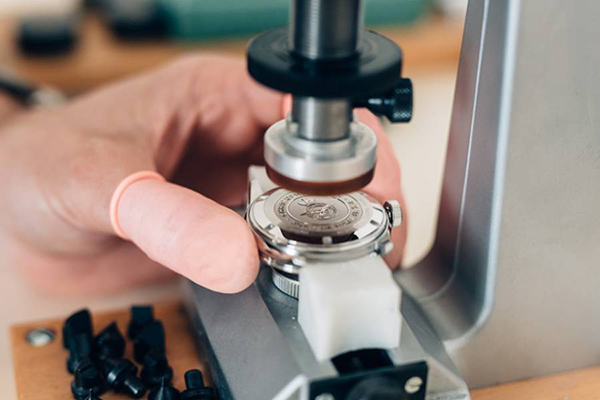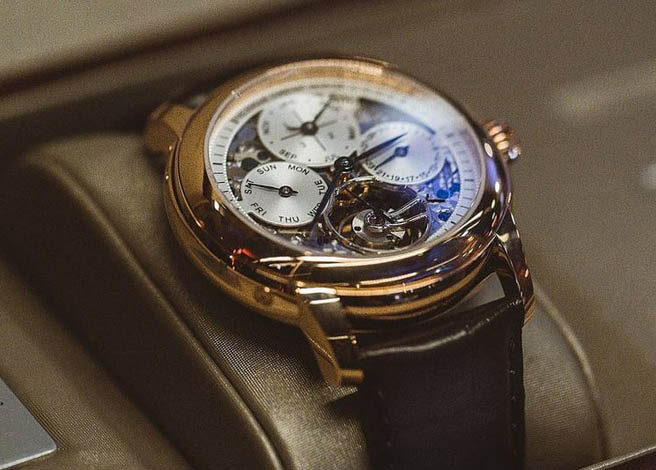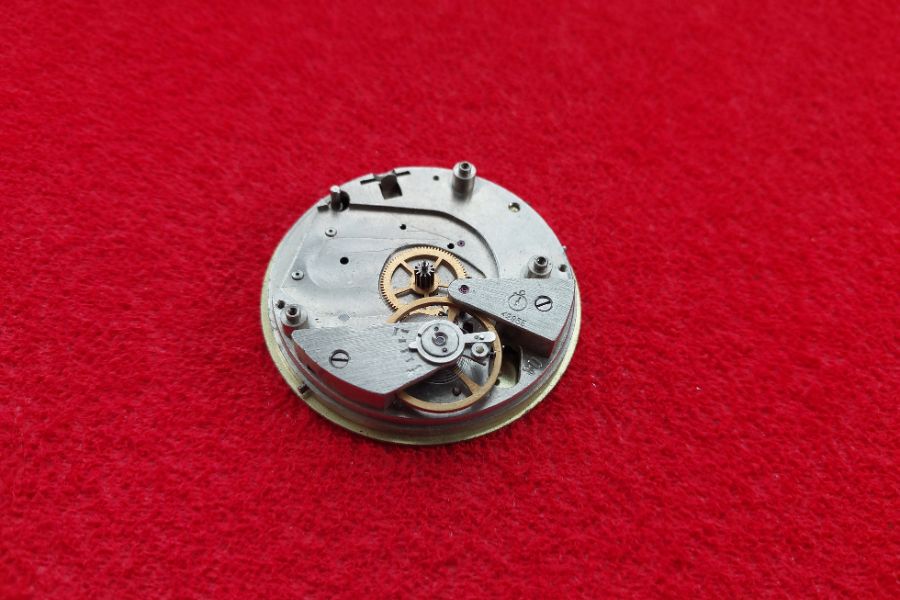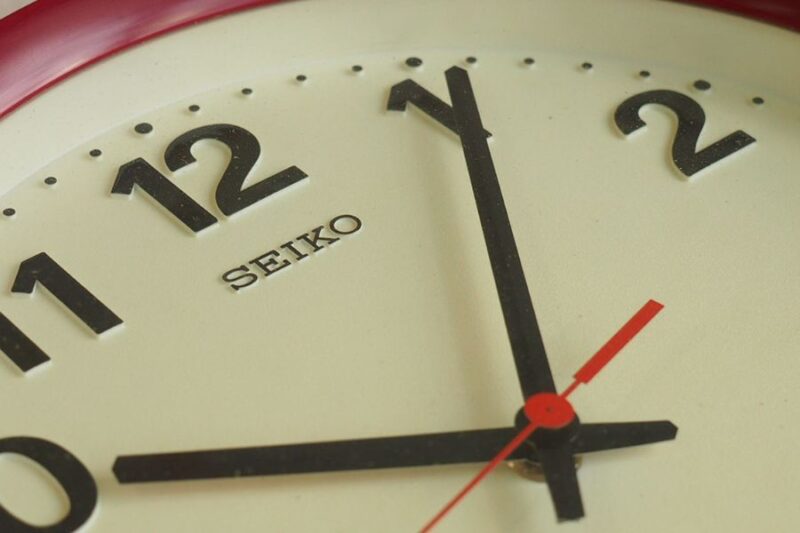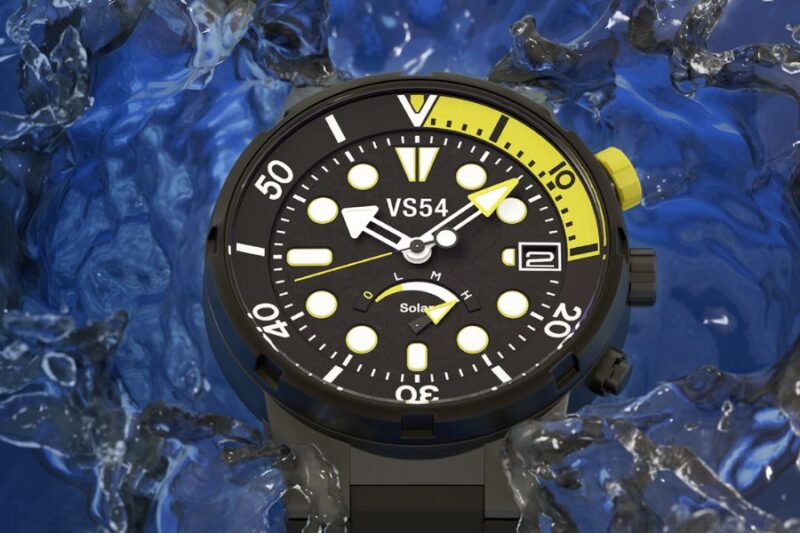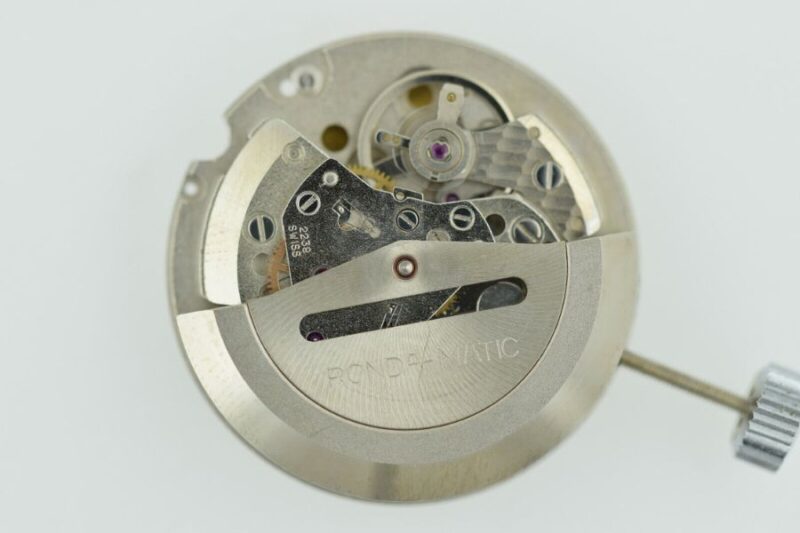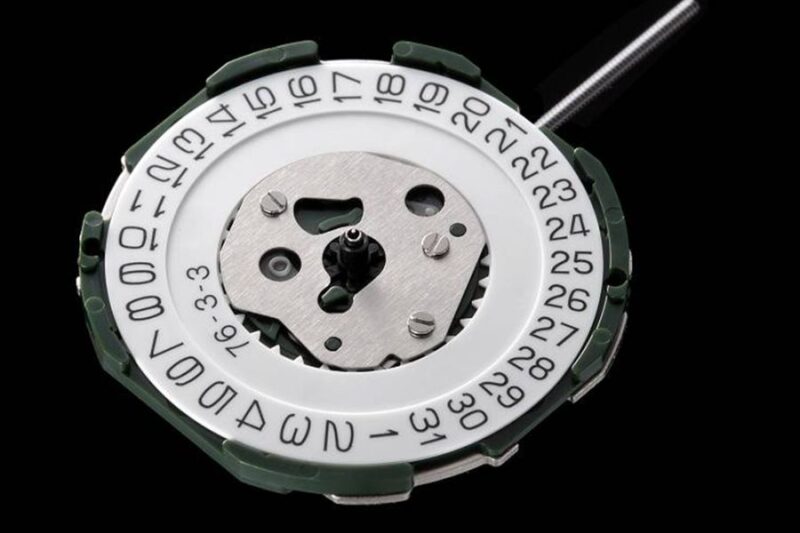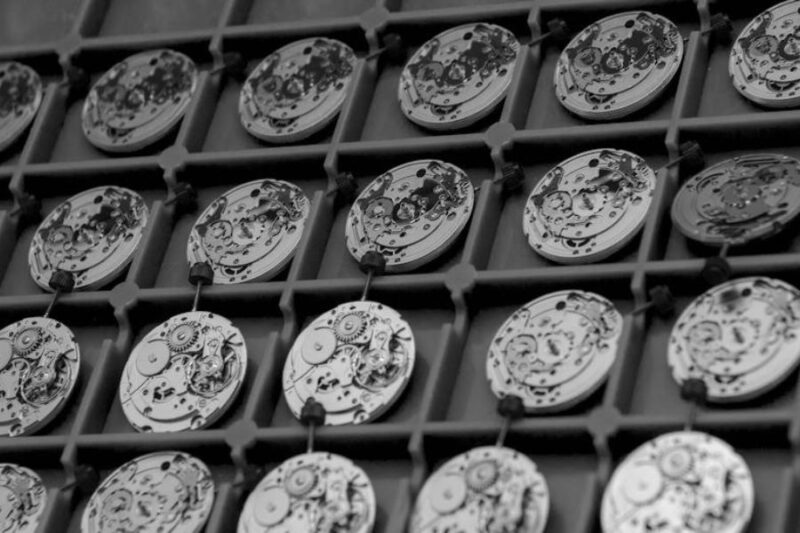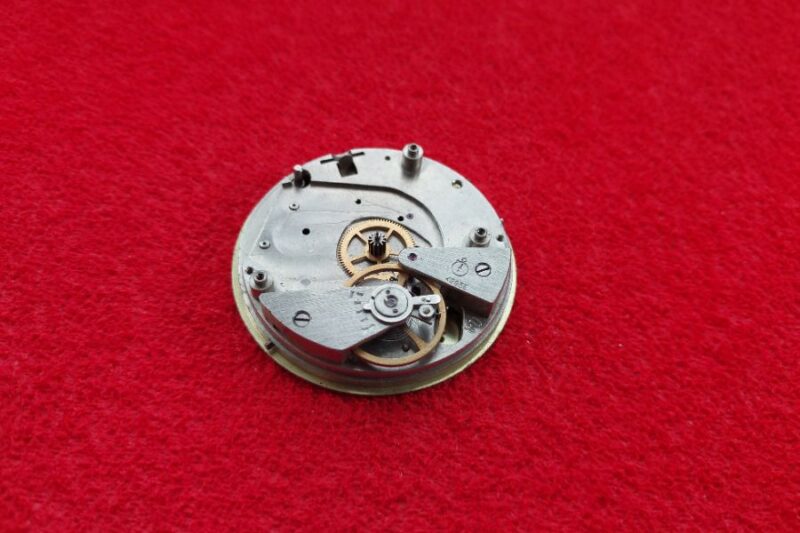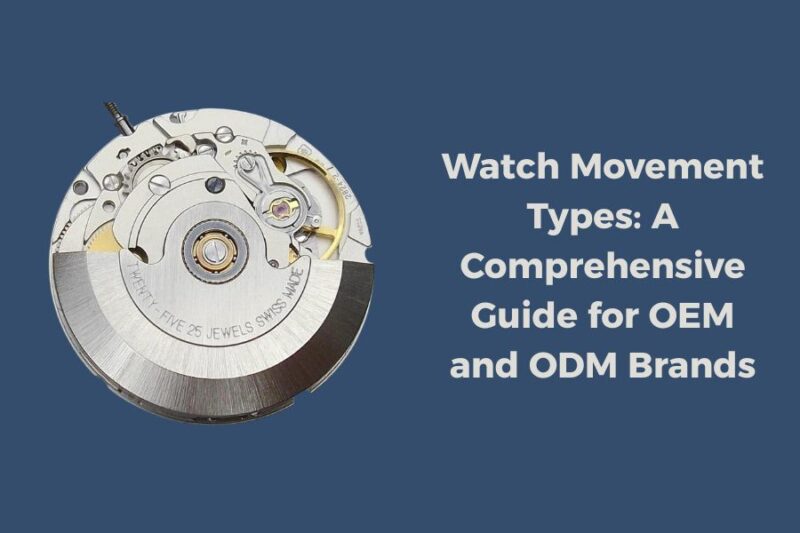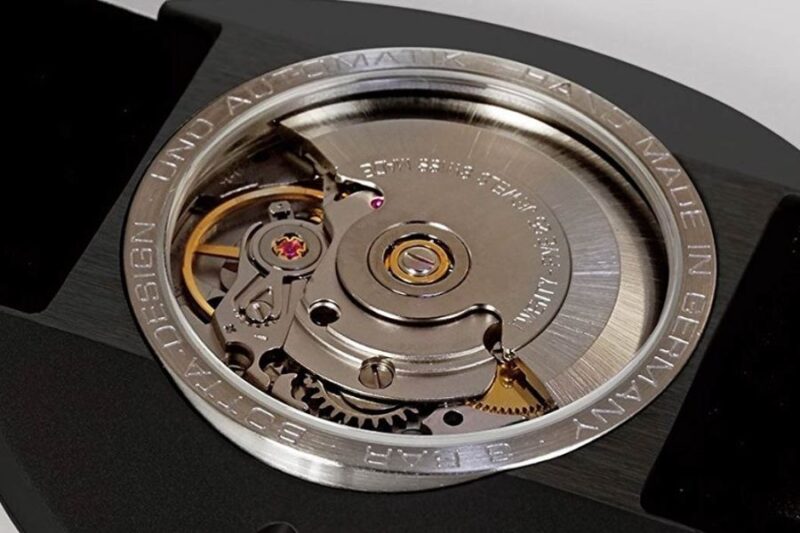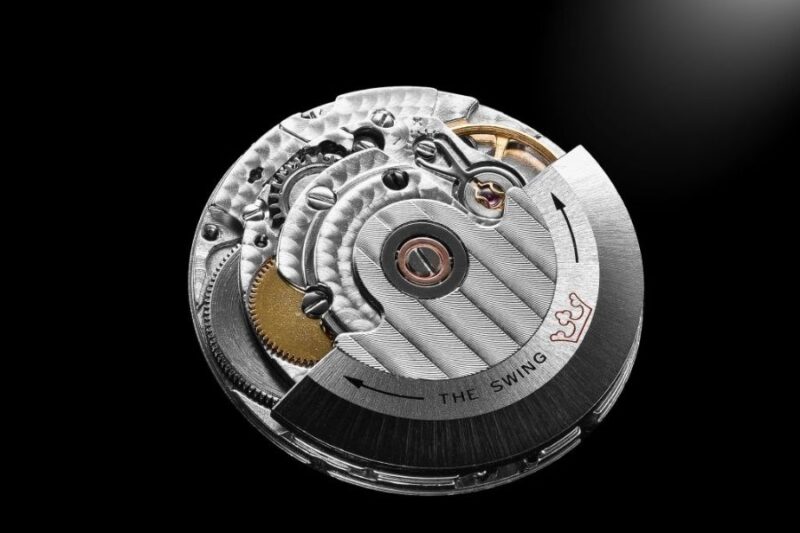Table of Contents
In the world of watchmaking, few things embody craftsmanship like a manual wind watch movement. These intricate mechanisms, powered by the wearer’s touch, are a testament to the artistry of traditional horology. For watch brands seeking to create bespoke, high-end timepieces, manual wind movements offer unmatched elegance and customization potential. Why should your brand consider manual wind for your next collection? Let’s dive into their mechanics, benefits, and why they remain a timeless choice.
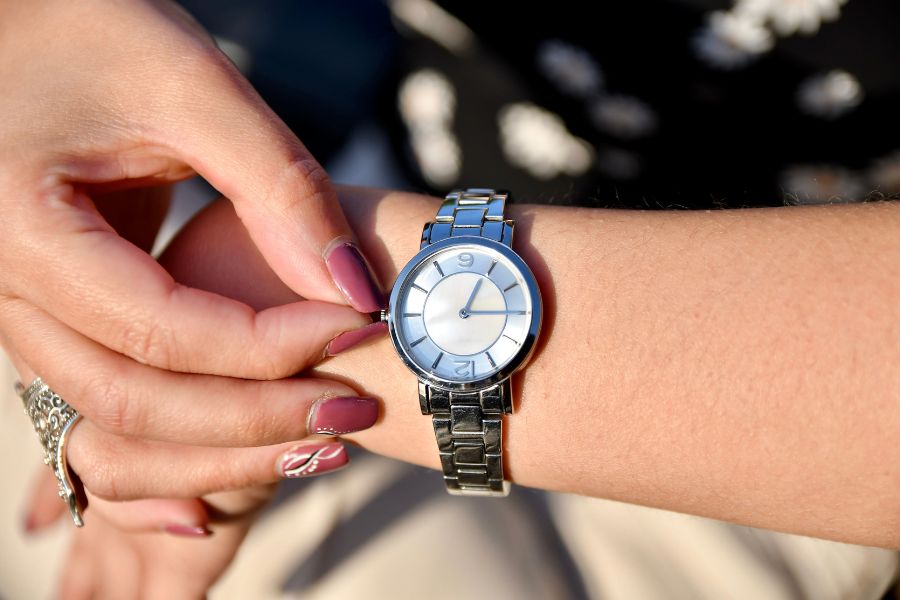
What is a Manual Wind Watch Movement?
Defining the Mechanism
A manual wind watch movement, also known as a hand-wound movement, is a mechanical marvel that relies on manual winding to function. Unlike automatic watches, which use a rotor to wind the mainspring, manual wind watches require the wearer to turn the crown to store energy in the mainspring. This tactile interaction creates a unique bond between the watch and its owner, making it a favorite for brands crafting private label watches.
How Manual Wind Watch Movements Work
At the heart of a manual wind watch movement is the mainspring, a coiled spring that stores energy when wound. As you turn the crown, the mainspring tightens, transferring energy through a series of gears (the gear train) to the escapement. The escapement regulates the release of energy, ensuring the balance wheel oscillates at a steady rate—typically 28,800 beats per hour in modern movements. This creates the iconic “tick-tock” of a mechanical watch.
Think of it like winding a music box: each turn of the crown stores energy, and the movement translates that energy into precise timekeeping. For watchmakers, this simplicity allows for slim, elegant designs, perfect for showcasing intricate dials or engravings.
A Brief History of Manual Wind Movements
Manual wind movements trace their roots to the 16th century, powering the earliest pocket watches. By the 20th century, they dominated wristwatches until automatic and quartz movements emerged. Today, manual wind watches are experiencing a renaissance, driven by demand for vintage-inspired and bespoke designs. Brands like Patek Philippe and independent watchmakers rely on manual movements for their slim profiles and artistic potential.
Manual Wind vs. Other Movements
Manual Wind vs. Automatic Watch Movement
Manual wind and automatic movements are both mechanical, but they differ in how they’re powered. Manual wind watches require daily winding, offering a hands-on experience that many collectors cherish. Automatic watches, with their rotor-driven winding, are more convenient for daily wear but often thicker due to the rotor mechanism.
For custom watch brands, manual wind movements shine in slim, elegant designs—think dress watches or skeletonized dials where every gear is on display. However, they require more wearer interaction, which may not suit every audience. Automatic movements, while versatile, can increase production costs for small batches.
Manual Wind vs. Quartz
Quartz movements, powered by a battery, offer unmatched precision and minimal maintenance, making them ideal for mass-market watches. Manual wind movements, by contrast, are a celebration of craftsmanship, appealing to collectors and luxury brands. They require regular winding and periodic servicing, but their mechanical intricacy adds emotional value that quartz can’t match.
For a brand aiming to stand out in the luxury or niche market, manual wind watches convey exclusivity and heritage. Quartz suits high-volume, budget-friendly lines, but manual wind is the choice for bespoke projects.
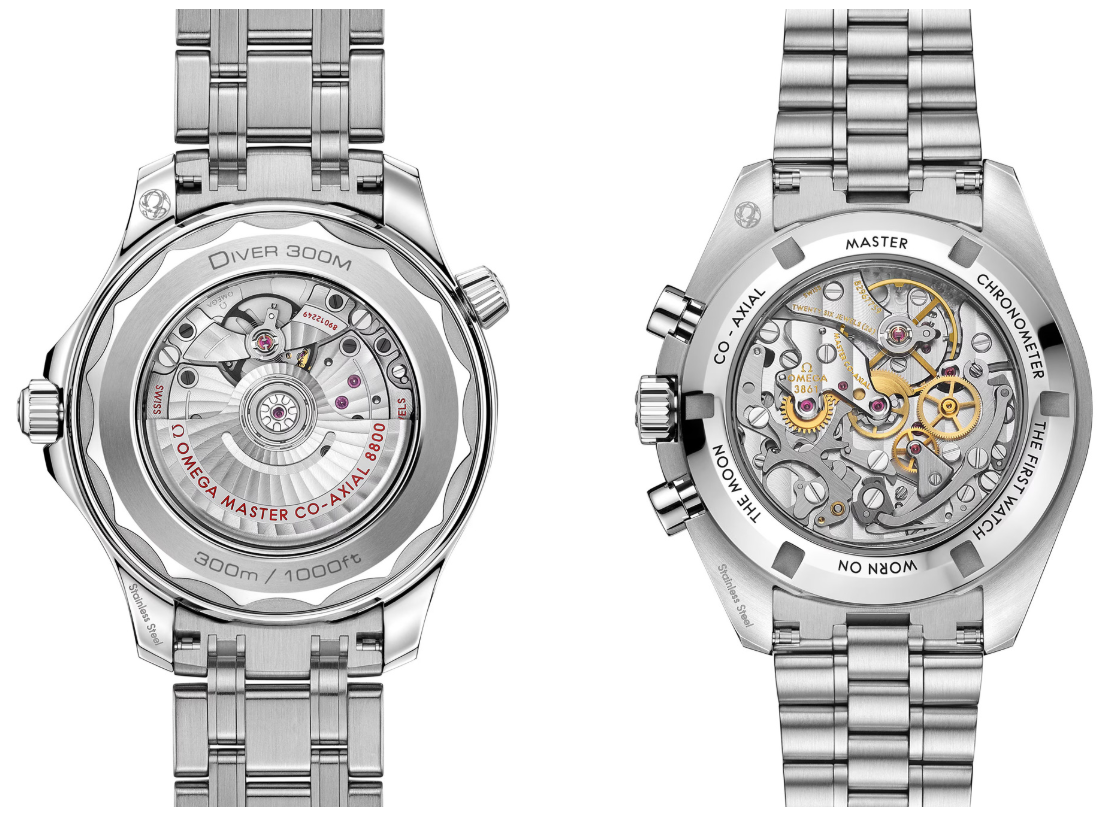
Why Choose Manual Wind Watch Movements?
The Art of Craftsmanship
Winding a manual watch is a ritual—a moment to connect with the craftsmanship inside. This tactile experience resonates with watch enthusiasts, who value the artistry of a hand-wound movement. Manual wind movements are also slimmer than automatic ones, allowing for sleek designs that showcase intricate dials, engravings, or sapphire casebacks.
At Romlicen, we’ve seen brands leverage this elegance to create stunning private label watches that stand out in crowded markets.
Advantages for Custom Watch Brands
Manual wind movements are a dream for customization. Their simplicity allows watchmakers to focus on aesthetics—think skeleton dials, custom engravings, or unique logo placements on the dial, crown, or caseback. They’re also cost-effective for small production runs, as they don’t require the complex rotor systems of automatic movements.
Consider this example: A European brand partnered with Romlicen to create a limited-edition manual wind watch. Using a Seagull ST3600 movement and 316L steel case, they added a custom-engraved rotor and logo-embossed strap, creating a collection that sold out in weeks. Explore our custom watch design services to start your own project.
Selecting the Best Manual Wind Watch Movements
Top Manual Wind Movement Brands
Choosing the right movement is critical for any custom watch project. Here are some top options:
- Swiss: ETA 6497/6498, Sellita SW210 – Known for reliability and precision, ideal for luxury brands. The ETA 6497 is a favorite for skeleton watches due to its large, visible components.
- Japanese: Miyota 82S0, Seiko NH38 (manual variants) – Affordable yet robust, perfect for mid-range bespoke designs.
- Chinese: Seagull ST3600, Hangzhou 7001 – Cost-effective with surprising quality, great for brands balancing budget and craftsmanship.
Romlicen works with all these brands, tailoring movements to your brand’s vision.
Material Pairings for Manual Wind Watches
The right material elevates a manual wind watch’s aesthetic. Pair a Seagull ST3600 with a CuSn8 bronze case for a vintage patina, or choose titanium for a lightweight, modern look. 316L steel offers durability and polish, while 904L steel adds a premium sheen for luxury lines. Romlicen’s expertise ensures your material choice complements the movement’s elegance.
Best Manual Wind Watches for Inspiration
Need inspiration? Here are two iconic manual wind watches:
- Nomos Glashütte Tangente – Its minimalist design and in-house manual movement showcase German precision.
- Longines Heritage 1935 – A vintage-inspired piece with a slim manual wind movement, perfect for classic collections.
Romlicen can replicate this level of craftsmanship for your brand, creating bespoke designs that capture your unique vision.
Manual Wind Movements in Today’s Market
The mechanical watch market is booming, with sales growing 10% from 2020 to 2024, according to industry reports. Manual wind watches are at the heart of this trend, appealing to collectors and brands seeking exclusivity. Their slim profiles and customizable designs make them a favorite for limited-edition runs and private label projects.
FAQs About Manual Wind Watch Movements
Most manual watches need winding every 24-48 hours, depending on their power reserve. Daily winding ensures consistent performance.
Maintenance costs are comparable to automatic movements, typically requiring servicing every 5-7 years, depending on the brand.
Absolutely! Romlicen offers customization options like logo-engraved dials, bespoke casebacks, and unique straps.
With proper care, a quality manual wind movement can last decades, making it a timeless investment.
Conclusion
Manual wind watch movements are more than mechanisms—they’re a celebration of craftsmanship, precision, and individuality. For watch brands, they offer endless possibilities for customization, from intricate dials to premium materials. At Romlicen, we specialize in turning your vision into reality with our OEM and ODM services. Ready to craft your bespoke manual wind watch? Contact Romlicen today to start your journey.
Related Reading
- Understanding Swiss Watch Movements: Precision in Watchmaking
- A Comprehensive Guide to Chinese Watch Movements
- What Is a Mechanical Movement? Your Guide to Watch Precision
- What is a Japan Movt Watch? A Complete Guide to Japanese Movement Timepieces
- Ticking Styles: Exploring the Different Type of Watches Movement
- Understanding Watch Complications: A Brand’s Guide to Custom Watch Manufacturing
- Choosing the Right Custom Watch Manufacturer: A Key to Brand Success
- How to Choose the Perfect Movement for Your Custom Automatic Watch
- The Difference Between Quartz and Mechanical Movements in Custom Watches
- Exploring the Benefits of Swiss, Japanese, and Chinese Watch Movements
- A Comprehensive Guide to Watch Movements
- OEM vs ODM: Which Custom Watch Manufacturing Service Is Right for Your Brand?
- Ronda Watch Movement: Precision & Reliability
- Epson Watch Movement: Precision for Custom Watches
